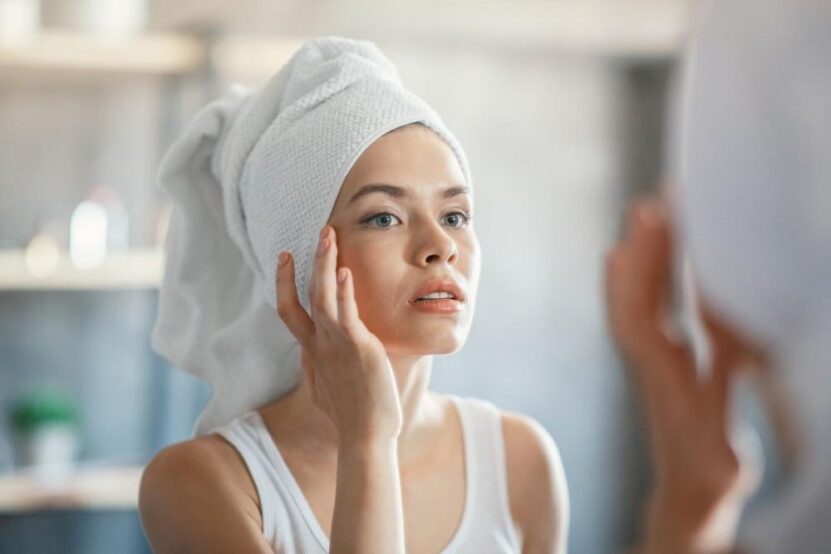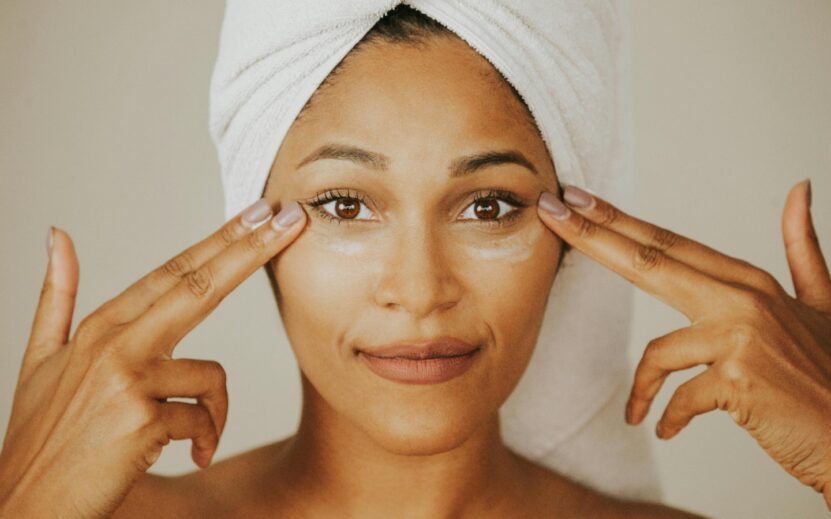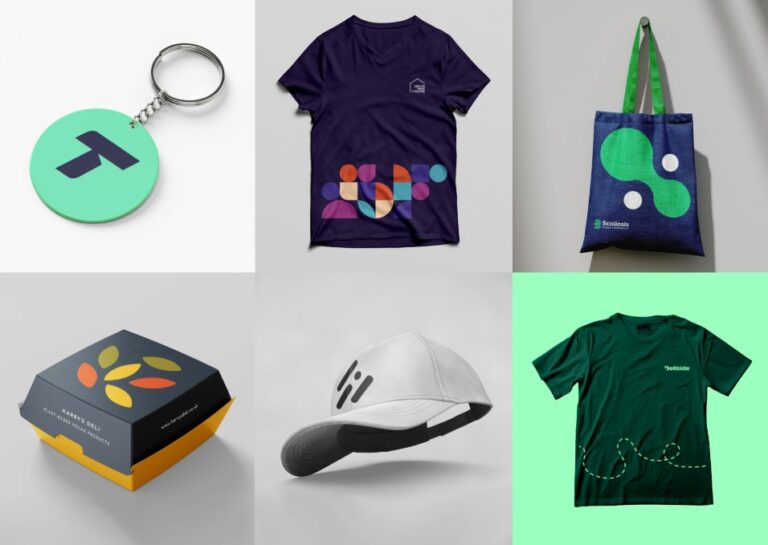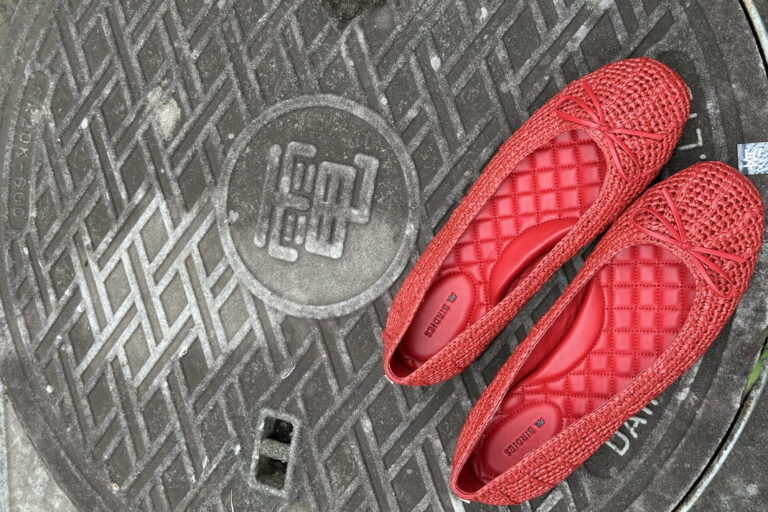Wrinkles show up uninvited. You notice one fine line, and next thing you know, it’s multiplying.
Everyone talks about sunscreen and retinol. Yes, those help. But today, let’s take a different route.
The kind that doesn’t always show up in glossy beauty magazines or cookie-cutter skin guides.
You’re about to learn what actually makes a difference—no hype, just sharp strategies that go against the grain.
Key Highlights
- You can outsmart wrinkles without expensive creams or heavy procedures.
- Certain habits damage collagen faster than aging itself.
- Uncommon tools and techniques bring faster visible results.
- A professional facial can work better than a drawer full of serums.
- Your environment plays a bigger role than you think.
- Aging skin needs smart recovery, not more layering.
Forget Trends—Target What Speeds Up Wrinkles

Most people don’t realize what actually causes premature lines. It’s not just the passage of time. It’s repetitive damage.
And you’re exposed to it every day. The first step is to block it before you need rescue treatments.
The real wrinkle accelerators include:
- Chronic stress that wrecks skin barrier function
- Indoor heating or cooling systems that strip moisture
- Poor sleep cycles that block skin repair
- Overexposure to artificial blue light
- Harsh skin treatments that trigger inflammation
Focus on limiting these before loading up on more products. Rebalancing your environment gives your skin room to restore itself.
Now add hydration—but not just with creams. A smart method? Book a diamond glow facial.
At places like Moon Valley Med Spa, you get a three-in-one treatment that exfoliates, cleanses, and deeply infuses custom serums based on your skin needs.
It works better than layering five different products that compete with each other. You leave with instantly smoother skin and no irritation.
Train Your Face Like You Train Your Body
Most wrinkle talk revolves around creams. But your facial muscles need attention too. The same way a weak core causes back pain, slack facial muscles speed up skin sagging.
Start with facial resistance. No tools needed. Just your fingers and a mirror. Target areas that usually collapse—cheeks, jawline, and forehead.
Try this simple routine:
- Press your fingers gently at your temples, then raise your eyebrows slowly.
- Puff air in your cheeks and hold for 10 seconds, switch sides.
- Press your tongue to the roof of your mouth and hold while smiling.
Do it once a day. Think of it as skincare’s version of strength training—lifting your face without going under the knife.
Your Pillow Might Be Aging You

Stop ignoring your sleep position. Gravity doesn’t quit at night. When your face presses against a cotton pillow for hours, it creases the skin and causes tension. Over time, that tension becomes permanent.
Here’s how to outsmart it:
- Switch to a silk or satin pillowcase. The surface is smoother, reduces friction, and keeps your products on your face, not the pillow.
- Try a U-shaped travel pillow under your neck to prevent side sleeping.
- Keep your bedroom cool and dark so your skin doesn’t overheat and dry out.
Sleep is when your skin rebuilds collagen. Don’t let your habits undo that progress overnight.
Ice Before Products—Not After
It sounds simple, but few people do it. Ice your face before applying serums. Not only does it reduce puffiness, but it also constricts pores and makes active ingredients absorb more evenly. This technique boosts circulation, giving your skin that tight, fresh look without makeup.
A quick method:
- Use an ice roller or wrap a cube in a clean cloth.
- Roll upward for 1–2 minutes across cheeks, jaw, and forehead.
- Pat dry, then apply your serum immediately.
Avoid using ice after you’ve applied products. It can block penetration instead of boosting it.
Eat for Texture, Not Just Health

Everyone says eat more greens, drink more water. But if your goal is to smooth out lines, you need more than that. Texture comes from specific nutrients. The top ones for wrinkle defense:
- Omega-3 fatty acids: Found in flaxseed, chia, and fatty fish. Helps keep cell membranes supple.
- Vitamin C: Boosts natural collagen and reduces free radicals. Think red peppers, kiwis, and guava.
- Silica: Found in cucumbers and oats. Strengthens connective tissue in skin.
What you don’t eat matters too. Sugar breaks down collagen. So does alcohol. Not just in excess—regular small amounts still damage the dermis. Swap those drinks for infused water or herbal tea, and your skin will thank you in a month.
Infrared Heat—Use It Right
It’s trending in wellness circles, and there’s a reason. Infrared light penetrates deeper than surface treatments. It triggers collagen renewal without damaging the skin barrier. But not every device works equally.
Choose FDA-approved infrared masks or go to a professional spa. Use them weekly. Combine them with peptides or collagen-boosting serums. The results don’t show overnight, but they last longer than most surface-level creams.
Avoid using infrared heat after exfoliation. Your skin barrier is more vulnerable and can overreact. Always follow with intense hydration and a recovery mask.
Watch Your Expressions—They Show Up Later
You frown while working. You squint at your screen. These micro-movements train the skin to crease. Over time, those lines deepen and become permanent.
Start becoming aware of your default face. Relax your jaw. Keep your forehead smooth. Use eye drops if you squint. You’re not trying to freeze your face—you’re learning to rest it.
If you can’t stop furrowing, Botox is a safe and proven option in small doses. It’s not about freezing your whole face—it’s about resetting your baseline tension. Talk to a board-certified injector and avoid overdoing it.
Skin Cycling Is Out—Skin Recovery Is In

Everyone talks about cycling between actives. But for many people, that just overloads the skin. The new approach? Skin recovery.
Pick one hero active—like vitamin C or retinol—and use it consistently. On recovery days, skip exfoliants. Focus on soothing ingredients like ceramides, panthenol, or centella. Your skin barrier needs space to rebuild.
Don’t throw every new product into your routine just because it’s trending. Watch how your skin responds week to week. Adjust based on texture, not what a chart says.
Don’t Skip Professional Help
You can do a lot at home, but a professional can see what you miss. A yearly appointment with a licensed esthetician helps track skin damage, hydration, elasticity, and treatment response.
Ask about treatments like:
- Microneedling with peptides
- Oxygen facials
- LED collagen stimulation
- Enzyme-based exfoliation
Professionals can target concerns faster without over-stripping or inflaming your skin. Even one session every three months can give better results than trying five random products at home.
Final Thoughts — Go Smarter, Not Harder
Stopping wrinkles doesn’t mean spending more. It means noticing more. The biggest improvements come from smart techniques, regular habits, and personalized support—not hype. Change how you treat your skin each week, not just what you apply.
Want skin that holds up through anything? Focus on recovery, protection, and subtle facial training. Add a monthly reset like the diamond glow facial, fix your sleep setup, and ditch random routines that overwork your skin. Wrinkles don’t get to win if your skin gets smarter.
Let your skincare reflect your standards. Start now. Watch what happens next month.









